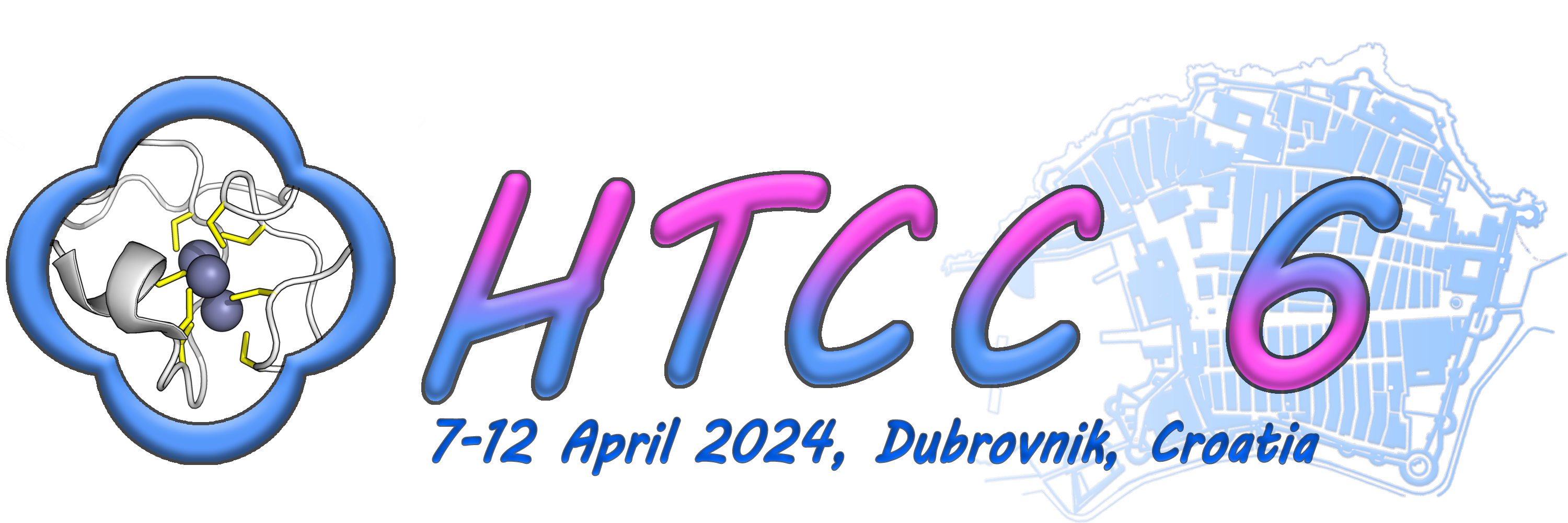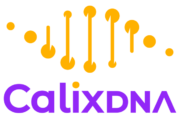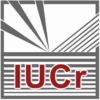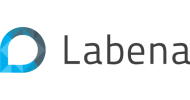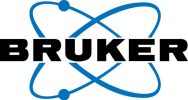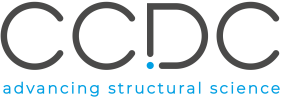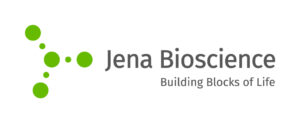
dr. Eugene Krissinel & dr. Lucrezia Catapano, tutor
CCP4 core group, UK
&
MRC Laboratory of Molecular Biology
Cambridge, UK

HT3: Processing & Structure determination
T2 (Tutorial): Automatic and Fundamental Experimental Phasing
MR is based on the assumption that a close structure homolog does exist. So, for solving a structure we need a similar structure solved. How was the first ever structure solved then? In principle, structure can be found from reflection data by so-called Direct Methods, based on phase relationships between structure factors. Direct Methods were developed by Herbert Hauptman and Jerome Karle, for which they won the 1985 Nobel Prize in Chemistry (https://www.nobelprize.org/prizes/chemistry/1985/summary/). Direct Methods have been implemented in several software packages (e.g., Shelx).
As appears, for purely technical reasons, such as natural presence of noise in experimental data, Direct Methods can be used only for limited-size structures, depending on the resolution (usually limited by 10-100 atoms; as a maximum, ~1000 atom structures have been reported solved by the method). Therefore, Direct Methods are not generally suitable for determining macromolecular structures. However, if we could have diffraction data from a small subset of atoms in the crystal, then we can find their positions with Direct Methods, calculate their phases and use them for the estimation of the overall structure’s phases. A set of phasing techniques, based on this idea, is called Experimental Phasing.
In this workshop, we will focus on the most popular Single-wavelength Anomalous Diffraction (SAD) phasing. SAD approach exploits the anomalous scattering from a set of selected atoms in the crystal, which can be identified in diffraction images (such a set is commonly called as heavy-atom substructure). We will discuss what an anomalous signal is and how we can estimate its properties for a given anomalous scatterer, such as Se, S, Zn, Mg and others.

Next, we will learn how to use various software available in CCP4 to find the heavy-atom substructure. Since diffraction from a substructure is not distinguishable from diffraction of its inverse, the software produces coordinates and phases for both of them. Such sets of substructures and phases are commonly called “original” and “inverted” hands.

However, only one hand gives the correct protein phases. We will see how the correct hand can be identified with CCP4 software, and solve a structure with SAD phasing using prepared data containing a signal from anomalous scattering. We will learn how this can be done in CCP4 using both fundamental programs or sophisticated pipelines. As a result we shall get the phased structure from just reflection data and sequence – or give you a protein backbone if sequence is not known.
